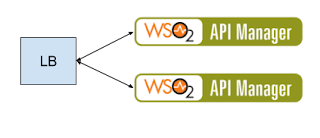OAuth protocol has provision to design custom grant type in addition to the four grant types that are mentioned in the specification. SAML grant type is of the first grant types that came out as an extensions and many IdPs support this. Many IdPs allow to write plugins that enable other custom grant types, and among the most popular grant types are,
You are writing a service that allows employees to report time that they spend on customer work. Your service has received a JWT token so it can do authorizations. One of the methods in the service is as below,
reportTimeForCustomer(String clientId, String ticketId, int durationInMinutes) {}
First of all, authorization checks happen based on the JWT and the next step is to validate clientId and ticketId before proceeding. There is a CustomerAPI and TicketAPI that can perform validations.
But both of these APIs are OAuth protected. How do you proceed? How would you obtain an access token to access this service. You have several options,
- Biometrics - Here the biometrics such as your fingerprint or retina scan is used obtain an access token. This is pretty useful for mobile apps.
- JWT - Here a service that has a JWT token may use it to obtain a access token to access another API
You are writing a service that allows employees to report time that they spend on customer work. Your service has received a JWT token so it can do authorizations. One of the methods in the service is as below,
reportTimeForCustomer(String clientId, String ticketId, int durationInMinutes) {}
First of all, authorization checks happen based on the JWT and the next step is to validate clientId and ticketId before proceeding. There is a CustomerAPI and TicketAPI that can perform validations.
But both of these APIs are OAuth protected. How do you proceed? How would you obtain an access token to access this service. You have several options,
- You can take an application token
- You can take an access by presenting the JWT token as mentioned above
















